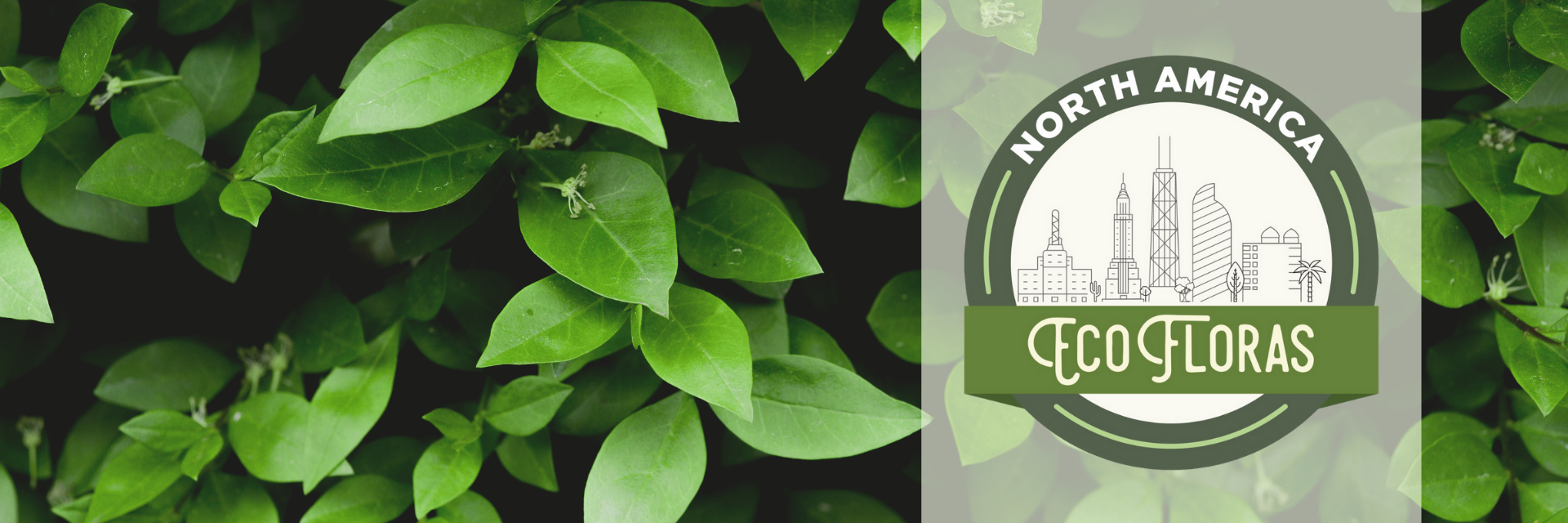
|
|
|
|
Family: Sphagnaceae
|
Plants normally robust, sometimes moderate-sized, stiff and erect, capitulum large and typically hemispherical, usually deep reddish brown, frequently with a faint metallic purplish sheen when dry. Stems dark reddish brown; superficial cortical cells aporose. Stem leaves narrowly triangular-lingulate, 1.5-2 mm, apex right-angled to apiculate, border moderately strong and greatly broadened at the base (more than 0.25 width); hyaline cells rhombic, 0-1-septate, normally fibrillose near apex. Branches not 5-ranked, terete, long and tapering. Branch fascicles with 2 spreading and 1-2 pendent branches. Branch leaves ovate-lanceolate, 1.5-2.3 mm, straight, concave, apex strongly involute; margins entire; hyaline cells on convex surface with elliptic pores along the commissures, grading from moderate-sized pores near leaf apex to large pores at leaf base, concave surface with large round pores in proximal marginal regions of leaf. Sexual condition dioicous. Spores 27-32 µm, finely papillose on both surfaces; proximal laesura less than 0.5 spore radius. Capsules mature early to mid summer. Ombrotrophic to weakly minerotrophic and hygrophytic, forming hummocks on margins of ponds and in poor fens where some shade is available and carpets in wet forests along coast; low to moderate elevations; N.B., Nfld. and Labr. (Nfld.), N.S., P.E.I., Que.; Conn., Del., Maine, Md., Mass., N.H., N.J., N.Y., N.C., Pa., R.I., Va. The sporophytes of Sphagnum flavicomans are uncommon. It is associated with S. cuspidatum, S. papillosum, S. rubellum, S. pulchrum, and S. torreyanum. This species is the ecological replacement for S. fuscum in much of the Atlantic coastal plain; compared to that species, S. flavicomans is substantially more robust and has a larger stem leaf with a more pointed apex. See also discussion under 83. S. subfulvum.
|
This project was made possible in part by the Institute of Museum and Library Services [MG-70-19-0057-19].
Powered by Symbiota





